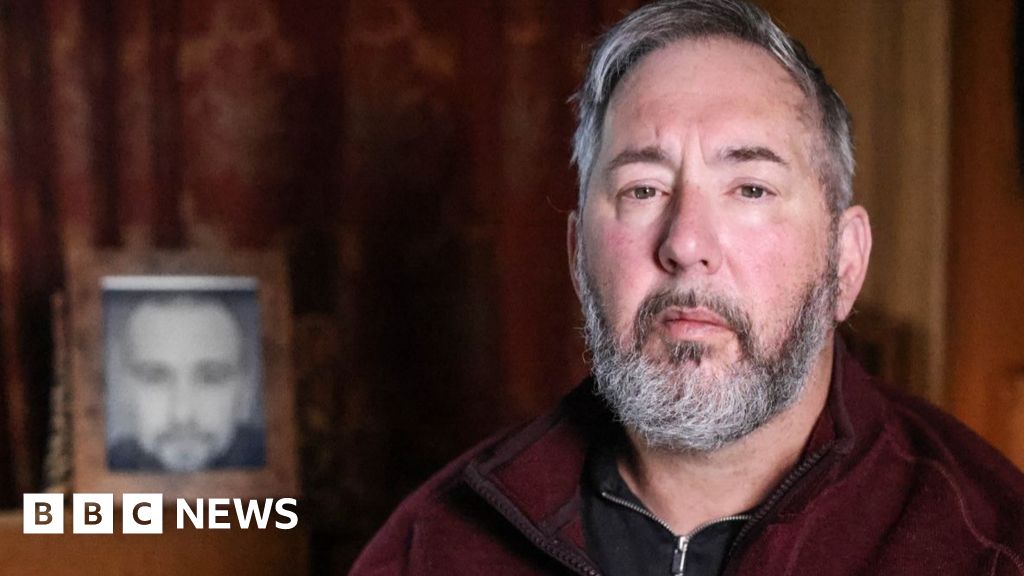
The Fight for Digital Dignity: Protecting the Bereaved in the Age of Online Cruelty
The internet, a boundless ocean of information and connection, also harbors dark depths of exploitation and cruelty. One particularly disturbing manifestation of this is the proliferation of websites dedicated to the graphic display of death and suffering, often featuring footage of accidents and tragedies without the consent or knowledge of the victims’ families. This callous disregard for human dignity and the profound grief of those left behind demands immediate attention.
Imagine the unimaginable: Losing a loved one in a tragic accident, only to discover their final moments – captured on camera, often without their knowledge or consent – circulating online for the morbid curiosity of strangers. This is the agonizing reality faced by countless bereaved families across the globe. These families are not just grappling with grief; they are battling a secondary trauma, inflicted by the relentless spread of their loved one’s final moments through the digital sphere. The callous exploitation of their pain for profit or entertainment is a profound violation, an act of secondary victimization that leaves deep and lasting scars.
The sheer scale of this problem is staggering. These websites, often masked behind vague URLs and questionable content moderation policies, act as repositories for a disturbing catalog of human suffering. They feed on the insatiable appetite for sensationalism, profiting from the trauma of others without a shred of ethical consideration. This isn’t simply a matter of freedom of speech; it’s about the blatant disregard for the basic human rights of the deceased and their surviving loved ones.
The current regulatory landscape appears woefully inadequate to address this growing crisis. While some platforms have introduced measures to remove graphic content, they often fall short of effectively addressing the systemic nature of the problem. The sheer volume of content, combined with the speed at which it proliferates, makes manual removal virtually impossible. Furthermore, many of these websites operate outside the jurisdiction of traditional regulatory bodies, making enforcement a daunting task.
However, a shift is underway. Growing public outcry, fueled by the very real suffering of affected families, is placing increasing pressure on governments and online regulators to take decisive action. There is a growing recognition that current legal frameworks need to be updated to deal with this new form of online exploitation. New powers and responsibilities are being given to regulatory bodies to combat the spread of this harmful content and to hold the perpetrators accountable.
The fight for digital dignity is far from over, but the concerted efforts of bereaved families, advocates, and regulatory bodies offer a glimmer of hope. Ultimately, the goal is not simply to remove graphic content from the internet, but to foster a digital environment that values compassion, empathy, and respect for human life. It’s about building a safer, more ethical internet where grief is not exploited, and the dignity of the deceased and their families is protected. This necessitates a multi-pronged approach: strengthened regulatory frameworks, effective technological solutions, and a cultural shift that prioritizes human compassion over sensationalism. The fight for digital dignity requires unwavering determination and collective action. The time to act is now.



Leave a Reply